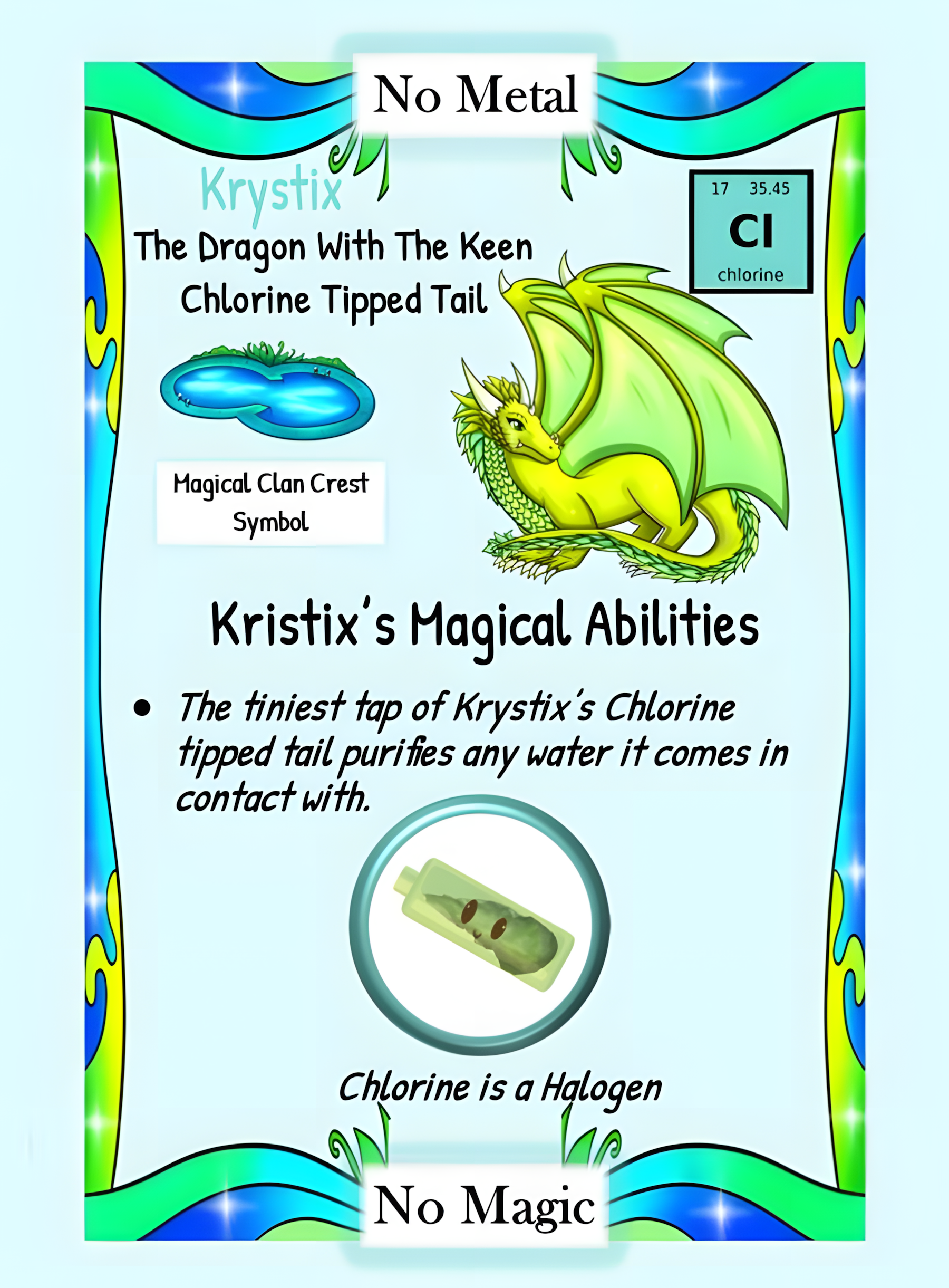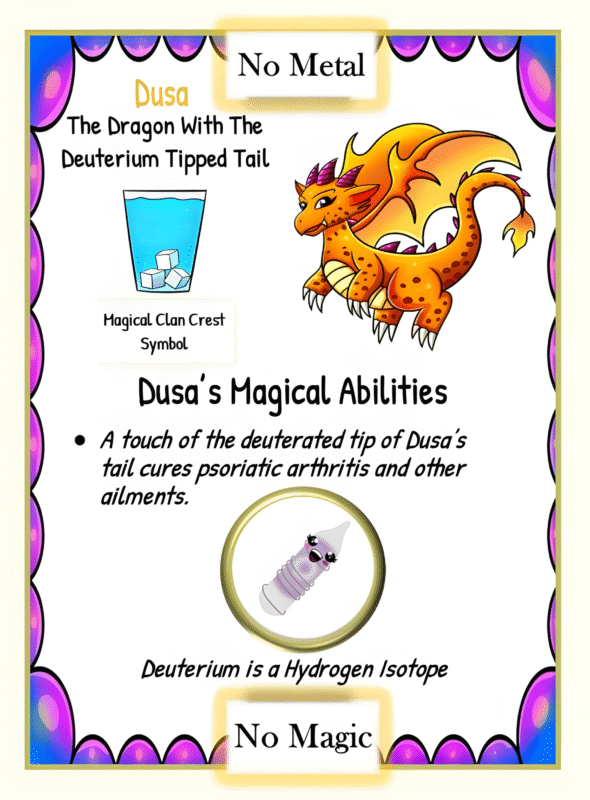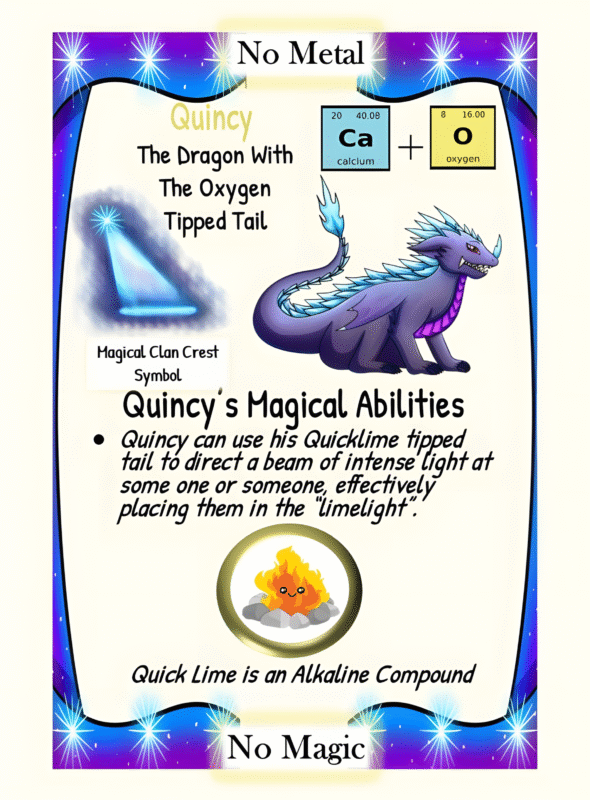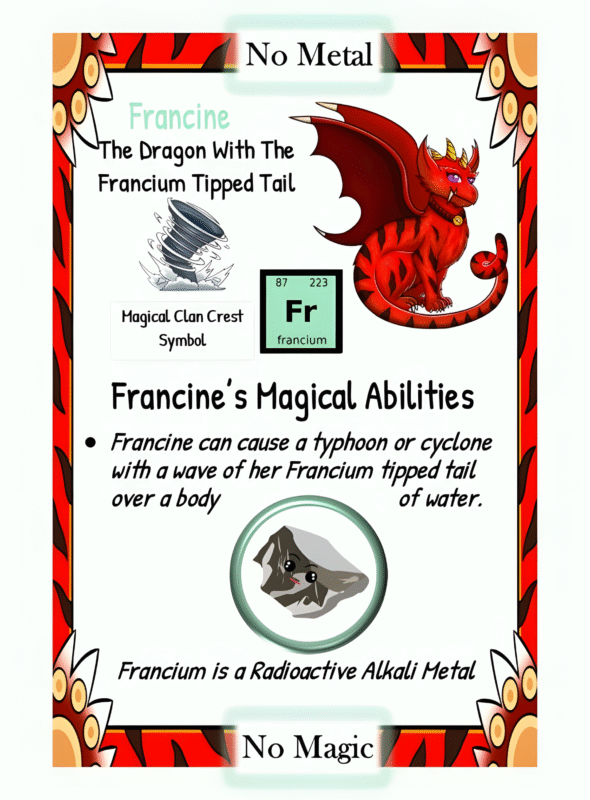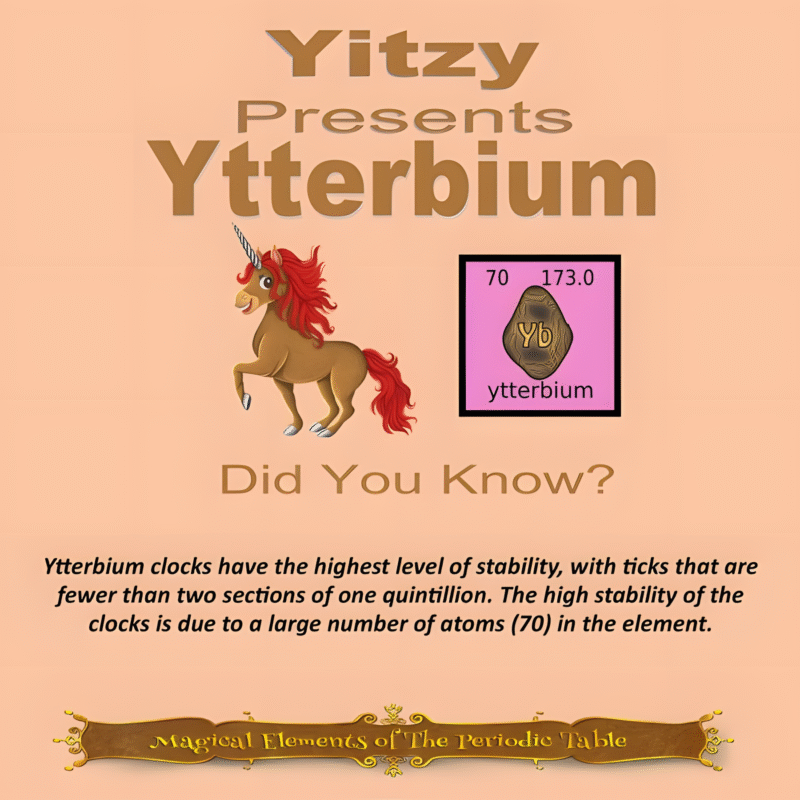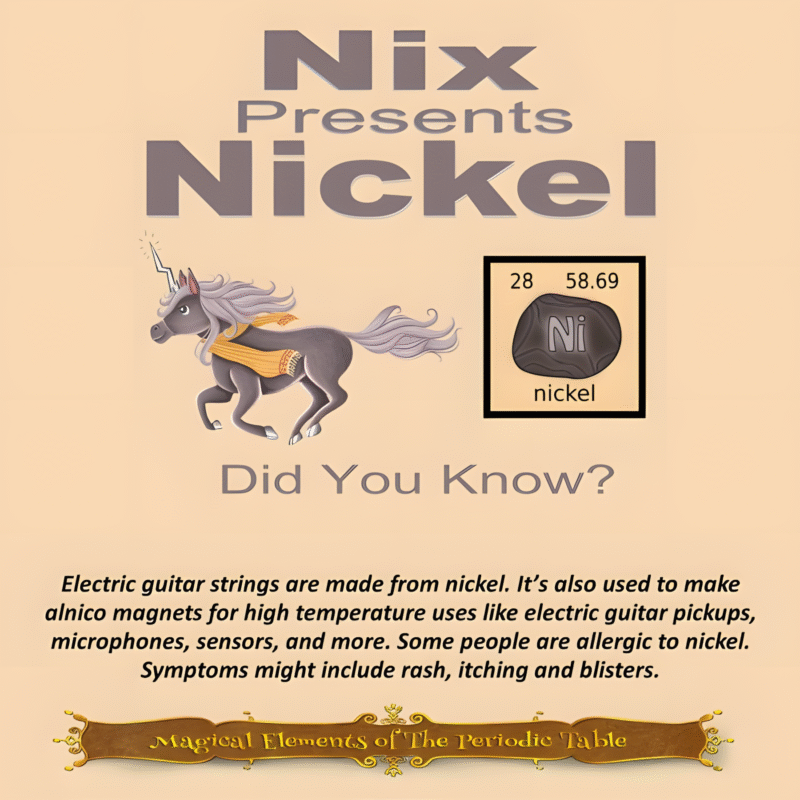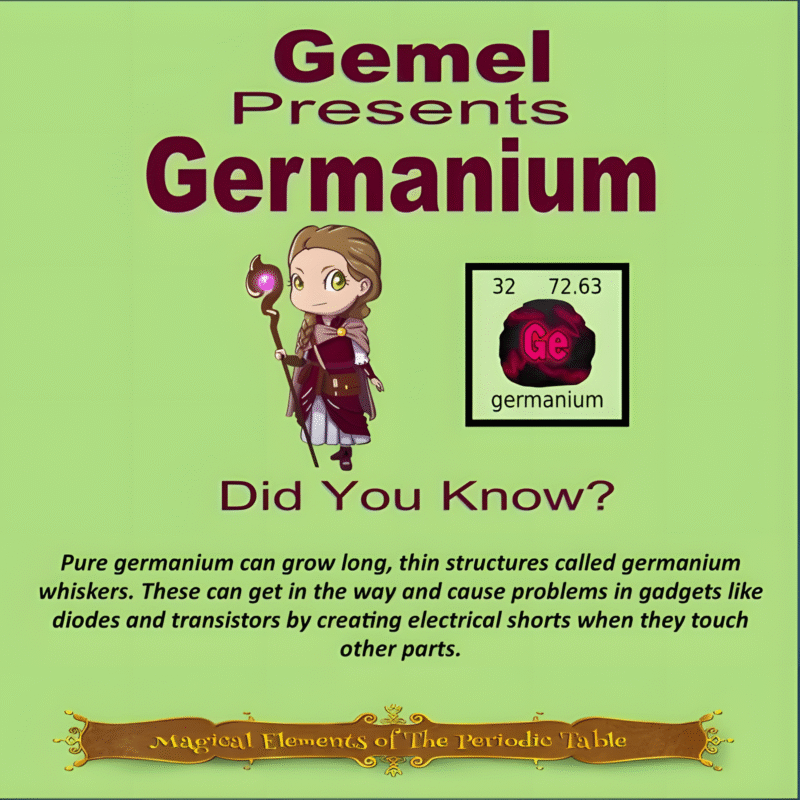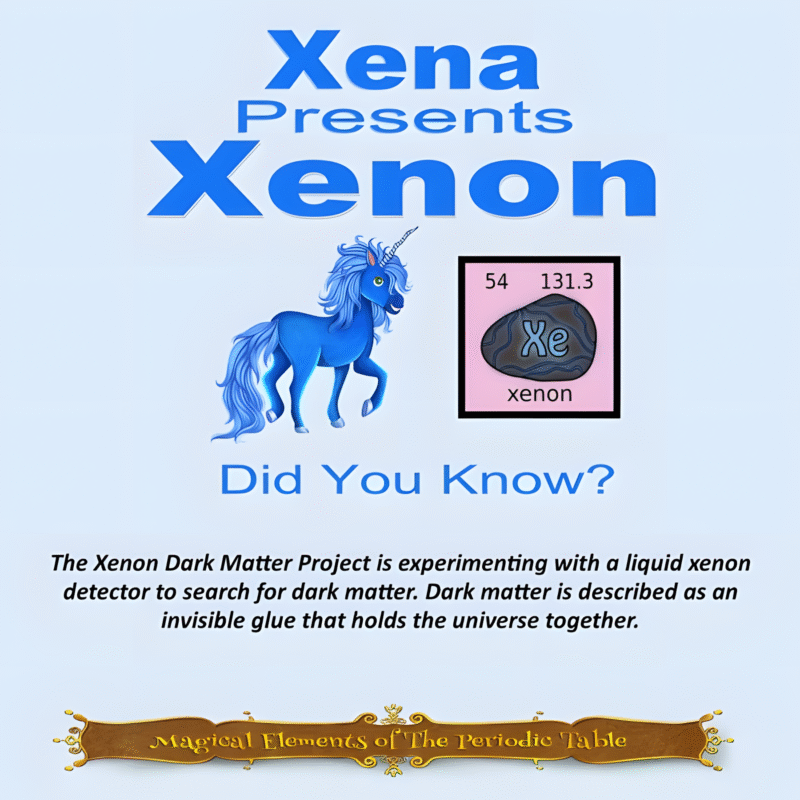The Evolution of Chlorine: From Revolutionary Disinfectant to Obsolete Application
Chlorine, one of the most widely used chemical elements, was once hailed as a groundbreaking solution for various industrial and domestic needs. Its first applications in areas like water disinfection and warfare revolutionized hygiene practices and military strategies. However, evolving knowledge about chlorine’s potential hazards and the development of more effective alternatives have since rendered it obsolete for many of its initial uses. This article delves into the early applications of chlorine and explores why it is no longer favored for those purposes.
- Water Disinfection: Chlorine’s first and perhaps most influential use traces back to water disinfection. In the early 1900s, scientists recognized the ability of chlorine to effectively combat pathogenic bacteria, viruses, and parasites present in untreated water. The groundbreaking discovery significantly reduced waterborne diseases such as cholera, typhoid fever, and dysentery, making it a crucial tool in public health.
- Chemical Warfare: During World War I, chlorine found a sinister application as a chemical weapon. Both the Allies and Central Powers employed chlorine gas to devastating effect on the battlefield. This marked the first large-scale use of a chemical agent for warfare, leading to widespread suffering and the eventual ban of chemical weapons by the Geneva Protocol in 1925.
Reasons for Chlorine’s Obsolescence:
- Environmental Concerns: Chlorine’s long-term use and improper disposal have led to numerous environmental issues. It contributes to the formation of harmful disinfection byproducts (DBPs), such as chloramines and trihalomethanes, which are known carcinogens. These byproducts can accumulate in drinking water sources or bodies of water, posing risks to both human and aquatic life.
- Corrosion and Infrastructure Damage: Chlorine, particularly in its gaseous form, corrodes metal pipes and infrastructure, leading to expenditure on maintenance, repair, and replacement. This erosion can have a negative impact on water quality and overall system effectiveness.
- Chlorine Resistance: Over time, certain microorganisms, such as Cryptosporidium and Giardia, have developed resistance to chlorine’s disinfection properties. These pathogens can survive and even proliferate in chlorinated water, thus limiting its effectiveness in combating waterborne diseases.
Emergence of Alternatives:
Considering the limitations and potential hazards, diverse alternatives to chlorine have emerged for various applications:
- Water Disinfection: Advanced water treatment technologies, including ultraviolet (UV) disinfection, ozone treatment, and membrane filtration, have gained prominence as alternatives to traditional chlorination. These methods effectively neutralize a wide range of pathogens without generating harmful byproducts or damaging infrastructure.
- Chemical Warfare: Strict regulations and international treaties, such as the Chemical Weapons Convention of 1997, have established a global ban on the production, stockpiling, and use of chemical weapons, including chlorine gas. This provides a framework for diplomacy, arms control, and disarmament, encouraging peaceful resolutions to national and international conflicts.
While chlorine played a pivotal role in revolutionizing water disinfection and warfare strategies, concerns regarding health and the environment have led to a shift towards safer, more effective alternatives. Technologies like UV disinfection and ozone treatment are gradually replacing chlorine as preferred methods of water purification, reducing harmful byproducts and environmental impact. Additionally, international treaties have effectively addressed the use of chlorine as a weapon, emphasizing peaceful resolutions instead. As we progress, understanding the consequences of our chemical choices becomes increasingly important for creating a safer and sustainable world.
This article is brought to you by Sybrina Durant, the author of the middle grade picture book, Magical Elements of the Periodic Table Presented Alphabetically By The Elemental Dragons. Learn More. In that book chlorine is presented by the dragon, Krystix.
Inter-Active Elemental Fantasy-Themed Periodic Table from Magical Elements of the Periodic Table Presented Alphabetically by The Elemental Dragon Clan
Click here to use This Inter-Active Viewer To Learn More About The Elements Each Elemental Represents On This Periodic Table. Want this in a 24″ x 36″ Poster? Click here.
Sybrina Publishing Offers Fun Activities Based On The Book
Magical Elements of the Periodic Table Magical Elementals
Browse Magical Elemental Activities at MagicalPTElements or Sybrina-Publishing on TPT or Classful

